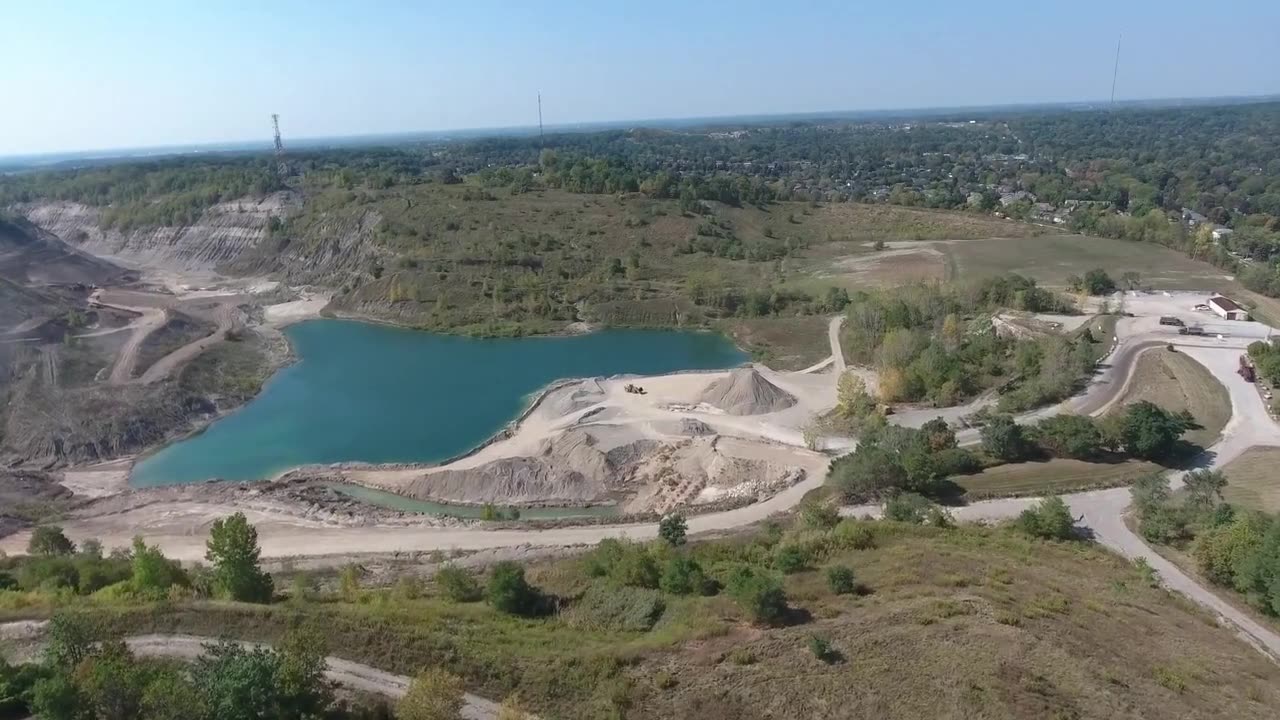Premium Only Content

Canada’s 2023 Wildfire Season: An Unprecedented Environmental Catastrophe
A study has found that contaminated mining sites increase the risks associated with fires.
The 2023 wildfire season in Canada was the most destructive ever recorded, and a new study suggests the impact was unprecedented. The research found that four wildfires in mine-impacted areas around Yellowknife, Northwest Territories, potentially contributed up to half of the global annual arsenic emissions from wildfires.
The work, led by researchers at the University of Waterloo and Nipissing University, is the first to calculate the amount of arsenic that was stored in areas at high risk of wildfires around Yellowknife. Looking at data from the past five decades, the team estimates the 2023 wildfires potentially released between 69 and 183 tonnes of arsenic.
Arsenic, a potent toxin, that the World Health Organization associates with diabetes, cardiovascular disease, various cancers, and infant mortality, can be transformed by wildfire and released into the environment from the soils that normally sequester it.
The Growing Risk of Wildfires
Given that the frequency and severity of wildfires are expected to increase because of climate change, the researchers caution that in any regions in the world where annual wildfires intersect with past or present mining and smelting operations, future fires could present a major risk for releasing stored toxins back into the environment.
“Yellowknife has a decades-long history of mining, which has led to an accumulation of arsenic in the surrounding landscape. However, Yellowknife is not unique in this regard, Canada has many industrially contaminated sites that are vulnerable to wildfire,” said Dr. Owen Sutton, a postdoctoral fellow in the Faculty of Environment at Waterloo.
-
 46:56
46:56
The White House
3 hours agoPress Secretary Karoline Leavitt Briefs Members of the Media, Aug. 19, 2025
15.6K27 -
 1:11:36
1:11:36
Sean Unpaved
2 hours agoFootball Flashpoint: Bengals' D in Distress, Colts' Bet on Jones, & Micah's Trade Talks
13.4K -
 LIVE
LIVE
StoneMountain64
1 hour agoBest Extraction shooter is FINALLY on Console (+CoD Reveal Today)
157 watching -
 2:57:22
2:57:22
Right Side Broadcasting Network
5 hours agoLIVE REPLAY: White House Press Secretary Karoline Leavitt Holds a Press Briefing - 8/19/25
60.3K26 -
 1:03:48
1:03:48
Timcast
3 hours agoGavin Newsom SURGES In Polls, COPIES Trump's Style
122K80 -
 4:37
4:37
Michael Heaver
8 hours agoBusted France Faces UPRISING
9.48K2 -
 10:45
10:45
Dr. Nick Zyrowski
1 day agoDoctors Got It Wrong! This Causes of Obesity - NOT Sugar
16.7K9 -
 1:57:57
1:57:57
The Charlie Kirk Show
2 hours agoSummit Aftermath + America's Energy Revolution + Where Russiagate Will Lead | Wright, Solomon
56.3K12 -
 2:00:15
2:00:15
Steven Crowder
5 hours agoTrump's Huge Meeting Shocks the World & the Media is Dumbfounded
293K210 -
 LIVE
LIVE
Viss
2 hours ago🔴LIVE - How to Consistently Win in PUBG!
104 watching